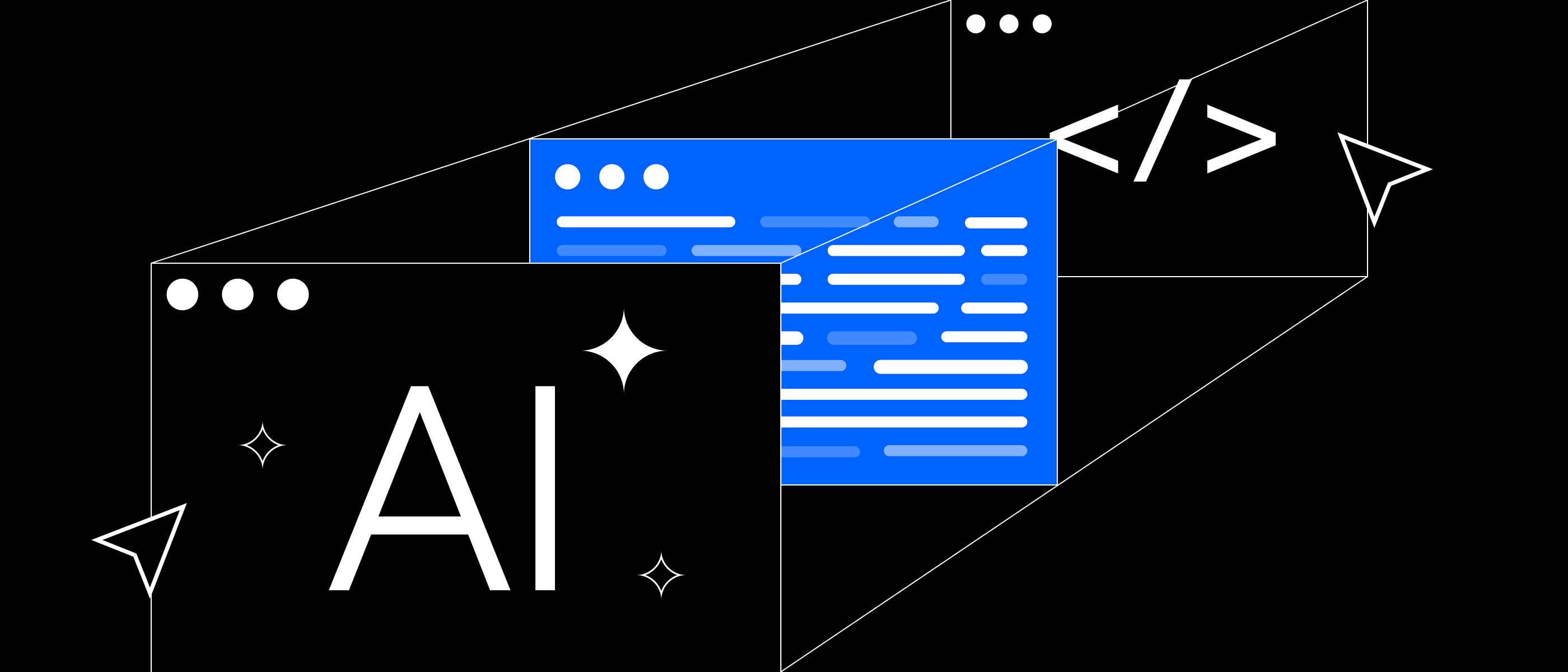Psychology is a fundamental part of the User Experience design process. Understanding how people interact with the product and how their decisions can be influenced or manipulated are the topics covered by UX designers. And great UX designers are often great readers of the human mind — they understand how users perceive a design and classify it into good or bad.
"You cannot understand good design if you do not understand people."
— Dieter Rams
“To be a great designer you need to look a little deeper into how people think and act.”
— Paul Boag
By understanding how different psychology principles influence human behavior, we can build solutions that resolve users' problems. Ready to discover how psychology can improve your UX Design strategy? Keep on reading!
Minimize choices to drive decision-making (Hick's Law)
First, let's talk about making life easier for users and keeping them on our website or product.
Starting with a parallel case — imagine that you are going to a restaurant and that the menu has over 50 choices. And now imagine that you are going to a different restaurant and the menu has less than 10 options.
While having a large number of options is good at first glance, it will create confusion and require more time for the client to make a choice.
Hick's Law examines the relationship between the number of stimuli present and an individual's reaction time to any stimulus. So the more options to choose, the longer the user will take to decide which one to interact with.
Users bombarded with options need time to interpret and decide, giving them a job they don't want.
Here are some key takeaways:
- Reduce the total number of choices that users have to make — having more choices results in more effort to make a decision.
- Prioritize navigation options — instead of providing an endless list of navigation options, focus on the essential ones.
- Simplify the decision-making process — break down complex tasks into smaller steps and clearly highlight the recommended options.

Sharing similar functionality or traits (Law of Proximity)
And when we have a lot of content and want to make it easier to digest?
We should consider one of the most important Gestalt principles - Proximity - which can be superimposed on other principles such as similarity by color or shape. This practice helps to group related content and to separate unrelated content. The variable use of white spaces to join or separate elements is the key to communicating different groups, subgroups, themes, etc.
Thus, placing related elements nearby and using white spaces to create groups is a fundamental principle in visual design. By making these groups obvious, we improve the user experience, helping users find and focus on what they are looking for.

Beautiful-looking products (Aesthetic-Usability Effect)
Maybe an impressive photograph caught your attention, or probably you will prefer a product that uses a lot of your favorite color — the aesthetic-usability effect describes a phenomenon in which people perceive more aesthetic designs as easier to use than less aesthetic designs.
These perceptions bias users' subsequent interactions with the product and are usually resistant to change. People make snap judgments, and early impressions of a product influence long-term attitudes about its quality and use.
A similar phenomenon occurs with relationships between people:
The first impressions of people influence how we will receive or react to someone new.
However, while appealing aesthetics make the users "forgive" some usability problems, these cannot be serious problems. They expose the use of the product itself, leading the user to give up and doubt the product's reliability.
Create a memorable experience with distinctive items (Von Restorff Effect / Isolation Effect)
Call attention to specific elements guides the users to easier process and retain what they see and do — they can be highlighted by altering light, color, size, shape, font, animation, etc.
When multiple similar objects are present, the one that differs from the rest is most likely to be remembered — Easy!
But we should only use Von Restorff Effect on what is really important. Excessive use of highlighted elements can cause the opposite effect. Having many focal points can lead the user to lose focus (like the example mentioned above about the exaggerated options in the restaurant menu).
Remember, less is more.

Knowing the positioning of an item in a series (Serial-Position Effect)
Finally (and so that this is not forgotten), let's talk about the positioning of the elements. This psychological term shows that people tend to retain the first and last items in a series better, while the items in the middle will be less remembered.
The serial position effect is the combination of two main concepts:
- The primacy effect refers to our tendency to remember items at the beginning of a sequence with greater accuracy.
- The recency effect refers to our tendency to remember items at the end of a sequence better than items presented in the middle of a sequence.

Designers can make conscious choices while placing items in a list or arranging content on a page, knowing that the items' positioning can affect user experience by causing information in the middle of a sequence to be harder to recall. Let's see some examples:
- Always display the most relevant information on the UI, and make it very accessible and easy to reach;
- Use some visual cues and limit the amount of recall required.
- Have the serial position effect in mind, placing the key information at the top and reiterate it at the bottom alongside a call to action. The full details/technical information should be in the middle.
That's a wrap on some of the psychological principles that can be applied during the design-building process and strategy. By understanding what users think, how users feel, and why users make their decisions, we become one step closer to achieving seamless and more compelling experiences, placing our brand at the top of users' minds.






